Frailty Models in Survival Analysis
Introduction Goals and outline Examples Survival Analysis Basic concepts in survival analysis Censoring and truncation Parametric models Estimation of survival and hazard functions Regression models Identifiability problems Univariate Frailty Models The concept of univariate frailty Discrete frailty model Gamma frailty model Log-normal frailty model Inverse Gaussian frailty model Positive stable frailty model PVF frailty model Compound Poisson frailty model Quadratic hazard frailty model Levy-type frailty models Log-t frailty model Univariate frailty cure models Missing covariates in proportional hazard models Shared Frailty Models Marginal versus frailty model The concept of shared frailty Shared gamma frailty model Shared log-normal frailty model Shared positive stable frailty model Shared compound Poisson/PVF frailty model Shared frailty models more general Dependence measures Limitations of the shared frailty model Correlated Frailty Models The concept of correlated frailty Correlated gamma frailty model Correlated log-normal frailty model MCMC methods for the correlated log-normal frailty model Correlated compound Poisson frailty model Correlated quadratic hazard frailty model Other correlated frailty models Bivariate frailty cure models Comparison of different estimation strategies Dependent competing risks in frailty models Copula Models Shared gamma frailty copula Correlated gamma frailty copula General correlated frailty copula Cross-ratio function Different Aspects of Frailty Modeling Dependence and interaction between frailty and observed covariates Cox model with general Gaussian random effects Nested frailty models Recurrent event time data Tests for heterogeneity Log-rank test in frailty models Time-dependent frailty models Identifiability of frailty models Applications of frailty models Software for frailty models Appendix References Index
{{comment.content}}
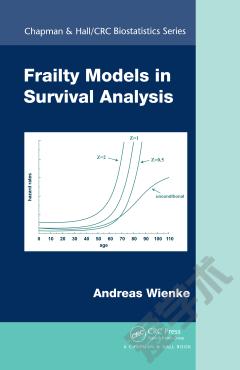
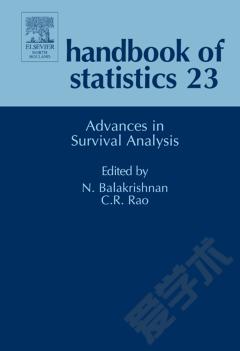
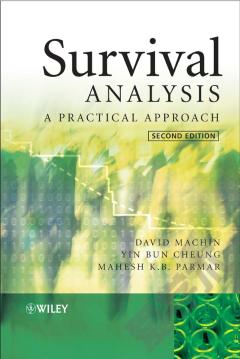

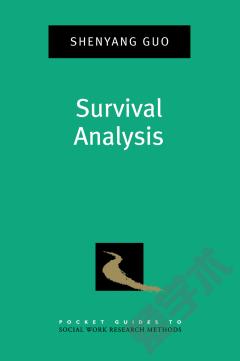
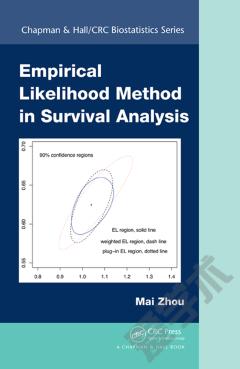


 京公网安备 11010802027623号
京公网安备 11010802027623号